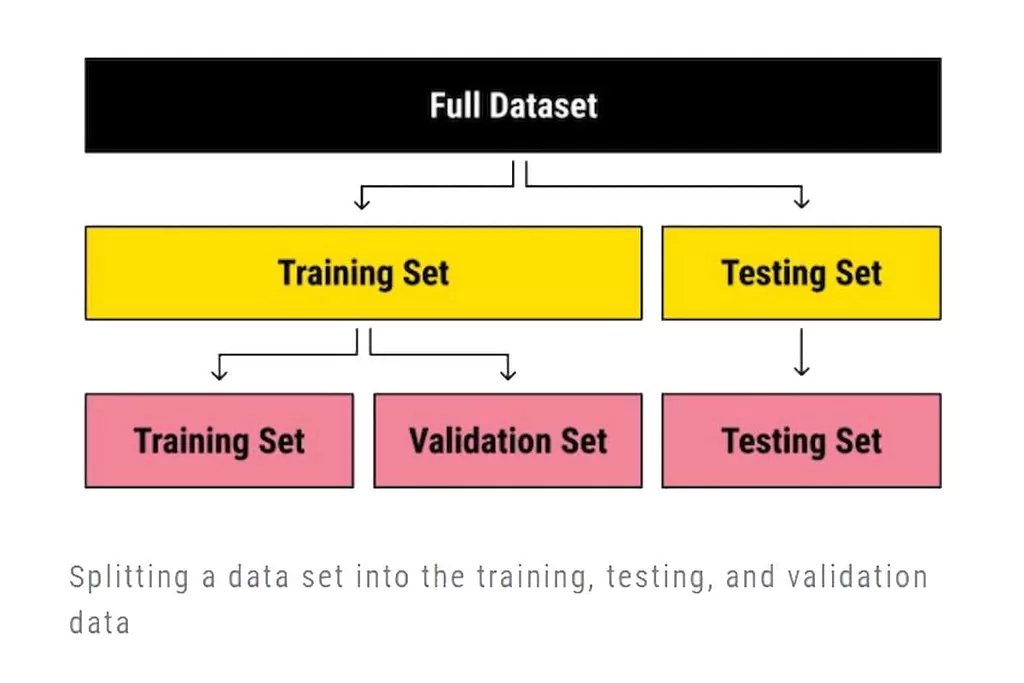The project team keeps track of change management documents, spending records, QA checklists, and team time tracking. They are able to measure where efforts and resources go throughout the project life cycle, crosschecking it with the Project Plan. Project planning is an iterative process so the project manager should review, revise, and revisit all the plans at least once a month until the completion of the project. It is crucial for the project team to involve relevant stakeholders in this stage of the project life cycle as well.

A good team can go a long way in making your project a success, and it can take time to find people with the right experiences and skills. It’s a good idea to start this process as soon as possible once your project is confirmed—especially if you need to hire new employees https://www.globalcloudteam.com/glossary/requirements-phase/ or onboard contractors. And depending on your company’s procedures, you may need to file a request in advance to reassign existing employees to your project. Here’s how to approach this first phase of project management and lay a solid foundation for your new project.
Phase 3: Project Launch or Execution
Requirement gathering, also known as the discovery phase, is a process that involves researching, identifying, and documenting a project’s exact requirements from the beginning to the end. Another good software development methodology to gather requirements for the software development life cycle is to take valid and tangible references from the use cases. However, it is important to note that use cases may not give you an idea about how software shall work on user input; instead, it just shows you what’s expected of user inputs. Once you make the list of all business needs, the dedicated software development teams and other senior members from the management teams go through it to discuss it thoroughly.

Prioritize requirements and list them out based on which ones are the “most critical” and which ones are just “nice-to-have”. Ensure that the requirements are clearly worded, sufficiently detailed, and related to business needs. Use cases provide a walkthrough of the entire product through the eyes of the end-user.
Phase 3: Project Execution
Products are continuously becoming more complex with more lines of code and additional software — some of which allow for even greater connectivity. With requirements management, you can overcome the complexity and interdependencies that exist in today’s engineering lifecycles to streamline product development and accelerate deployment. Scope Statement – A document that clearly defines the project, including the business need, benefits of the project, objectives, deliverables, and key milestones.
This feature ensures everyone knows their responsibilities and deadlines, allowing team members to track time and progress toward their goals. Once the project is complete, PMs still have a few tasks to complete before it is officially closed. They will need to create a project punchlist of things that didn’t get accomplished during the project and work with team members to complete them.
Requirement Analysis Tools
This can mean building something tangible but also could involve defining a new process (e.g. how a company can find clients online). The project team must also gather the requirements and plan the steps for the next phase. Without knowing the detailed requirements (‘What do we need to do?’), the project cannot do anything.
- This is an effective method to ensure continuous improvement within the company to enhance the overall productivity of the team in the future.
- It’s important to be realistic about what can be accomplished given the time, resources, and budget that are available.
- Now that you’ve completed the intake process, create your requirements management plan based on the information you’ve gathered.
- There is a chance that if the team working on the project changes, then the requirements will need to be changed in order to align with the new team.
- A stakeholder is anyone invested in the project, whether they’re internal or external partners.
- And depending on your company’s procedures, you may need to file a request in advance to reassign existing employees to your project.
Tools that centralize task information, along with resource availability and team communication can simplify and optimize the needed project management processes. Each phase of the project management life cycle consists of a specific project objective or objectives and defines results, deliverables, processes, and milestones. Management by project life cycle phase gives the project team a common vocabulary to communicate project progress, resulting in better organizational control over the projects they handle.
Step 2: Capture Requirements
ProjectManager is software with unlimited file storage and real-time communication, acting as a central hub for all of your project requirements. Use our list view to quickly review all your project requirements, but any of our multiple project views can access the files anywhere and at any time. If files are updated, everyone is notified by email and in-app alerts so there’s only one source of truth. You’ll establish budgets, timelines, and milestones, and source materials and necessary documents. This step also involves calculating and predicting risk, putting change processes into place, and outlining communication protocols. If the initiation phase is assembling your troops, the planning phase is deciding what to do with them.
Marketing & Creative Management Manage campaigns, resources, and creative projects at scale. Modern Project & Portfolio Management Connect projects with organization strategy. Digital asset management Manage and distribute assets, and see how they perform. Secure request management Streamline requests, process ticketing, and more.
Top Alternatives to Jira Work Management
When you divide the project into manageable stages, each with its own goals and deliverables, it’s easier to control the project and the quality of the output. I’ve already mentioned the traceability matrix, which is another useful tool to track the original requirements and create alignment with the scope management plan. The https://www.globalcloudteam.com/ way you approach this will be covered in your requirements management plan, and there is another article on this blog about how to compile business requirements that might help. The discovery phase is where you work closely with clients to gather information on their business, goals, hurdles, resources, and current situation.

Generally this means tracking and measuring progress, managing quality, mitigating risk, managing the budget, and using data to inform your decisions. In the planning phase, you’ll determine the steps to actually achieve the project goals—the “how” of completing a project. Are you planning to introduce a project management software solution to your employee? To help you make the right choice, we’ve gathered the best project management web applications.
Analysis documentation
6 workers completing punch list items from the Boston Fire Department, working on finishes on floors 1 and 9, wiring HVAC equipment on level 9, and re-feeding the west alley chiller. This will continue for the project duration to maintain an adequate drive lane for local traffic on Back Street and allow the construction team to safely contain a work area north of the dormitory. The new, permanent, fully accessible stations at Lawrence, Argyle, Berwyn, and Bryn Mawr will be built during this stage.